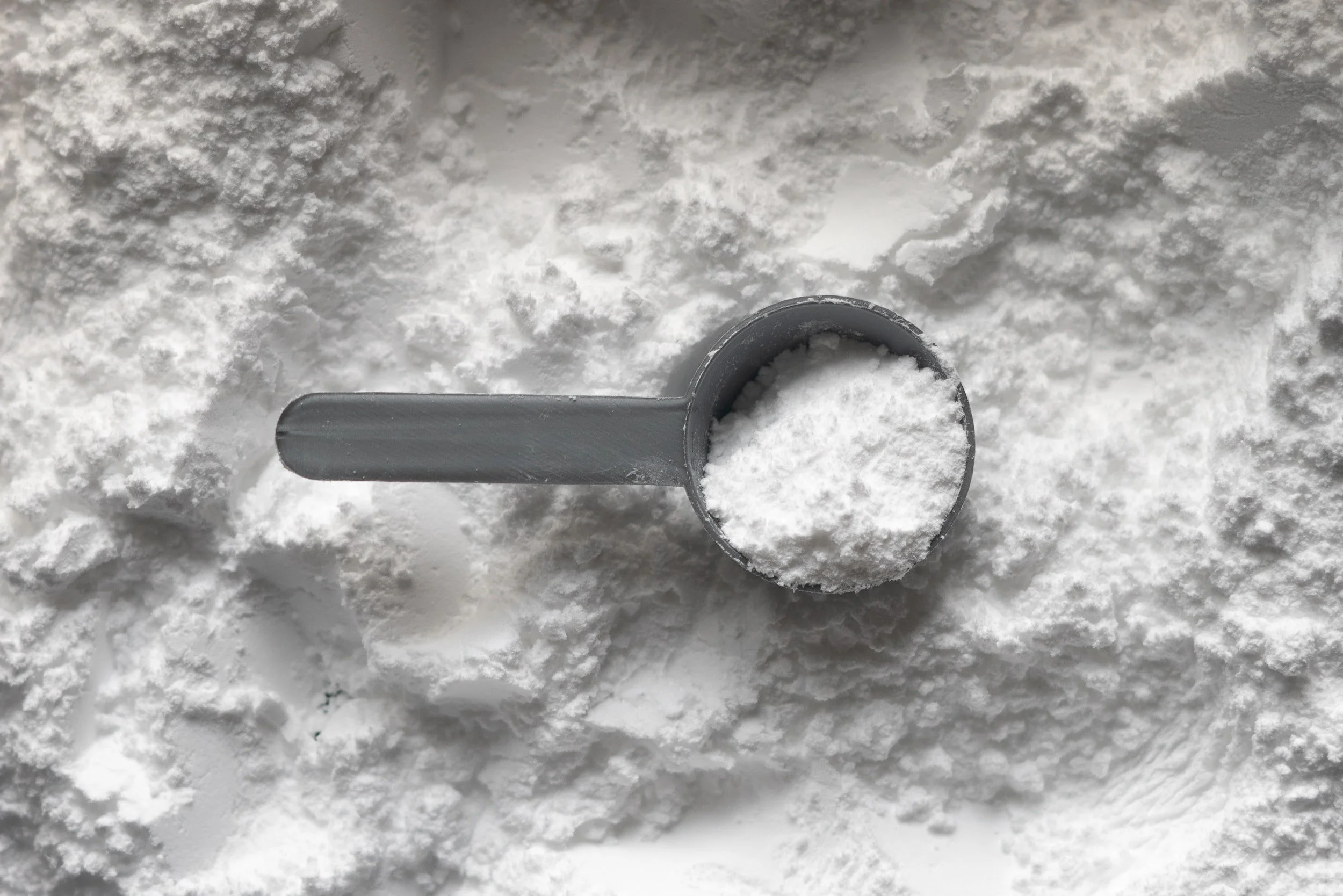While this isn’t always the case, over the past couple of years I have found that the majority of my competitive athletes are males. While I work, and have worked, with some incredible female athletes, this is just how things have shaken out in recent years. Due to this configuration, I have found that I frequently feel the need to speak to my athletes about excess iron, as well as hemochromatosis. If you don’t know what these things are or why you should be aware of them - especially if you are a male athlete - then you’ve come to the right place! Here’s what you might want to know:
Hemochromatosis is a genetic disorder that causes the body to absorb and accumulate too much iron from the food we eat. Over time, this excess iron can build up in vital organs such as the liver, heart, and pancreas, leading to serious health complications, including organ damage and failure. Furthermore, even if an athlete doesn’t develop hemochromatosis, run-of-the-mill iron overload is an issue as well. While both men and women can develop hemochromatosis and iron overload, it is more commonly diagnosed in men. While there are other factors involved, a large part of why we see this more in men is because women lose iron through menstruation and pregnancy, and they tend to naturally store less iron than men do. It should be noted, however, that after menopause or a hysterectomy, the risk increases for women.
Before we go on, let’s talk a little more about Iron. Iron is an essential mineral for the body, playing a crucial role in oxygen transport and muscle function. Male athletes, especially those involved in intense training regimens, may experience a temporary increase in iron levels due to factors like increased red blood cell turnover and dietary intake. The dietary intake part is particularly important to note, as most athletes (especially those who work with Lean Mean Green Health) are eating large amounts of iron-rich animal protein. While the body has mechanisms to regulate iron levels, excessive accumulation can overwhelm these mechanisms, leading to the development of excess iron levels or hemochromatosis.
Ok. So. If you’re a male athlete, do you have to reduce your protein intake? Should you stop competing? Luckily, the answer to both of these questions is almost always no. There is a solution with many additional advantages: Blood donation.
Regular blood donation is a simple and effective way for male athletes to manage their iron levels and reduce the risk of hemochromatosis. Here are some key benefits:
Iron Reduction: Blood donation removes a certain volume of blood, including red blood cells containing iron. This helps to reduce the overall iron load in the body, preventing excessive accumulation.
Cardiovascular Health: High iron levels have been linked to an increased risk of cardiovascular diseases. By donating blood regularly, male athletes can support their cardiovascular health and reduce the strain on the heart.
Improved Athletic Performance: Maintaining optimal iron levels is crucial for athletic performance. Iron is necessary for oxygen transport to muscles, and a balanced iron status can enhance endurance and overall physical performance.
Community Impact: Blood donation is a selfless act that contributes to the well-being of the community. Male athletes can make a positive impact by donating blood regularly, helping those in need while also safeguarding their own health.
Ok team, I think we’re there. While there is always more to say on a subject, this is enough to give you the broad-brushstrokes information on iron overload, hemochromatosis, and the uses of regular blood donation. By managing iron levels through blood donation, athletes not only protect their health, but also contribute to the greater good of their communities. Embracing this practice aligns with the athlete's commitment to peak physical performance and overall well-being, ensuring they can continue to pursue their passion for sports with a strong and healthy body.








